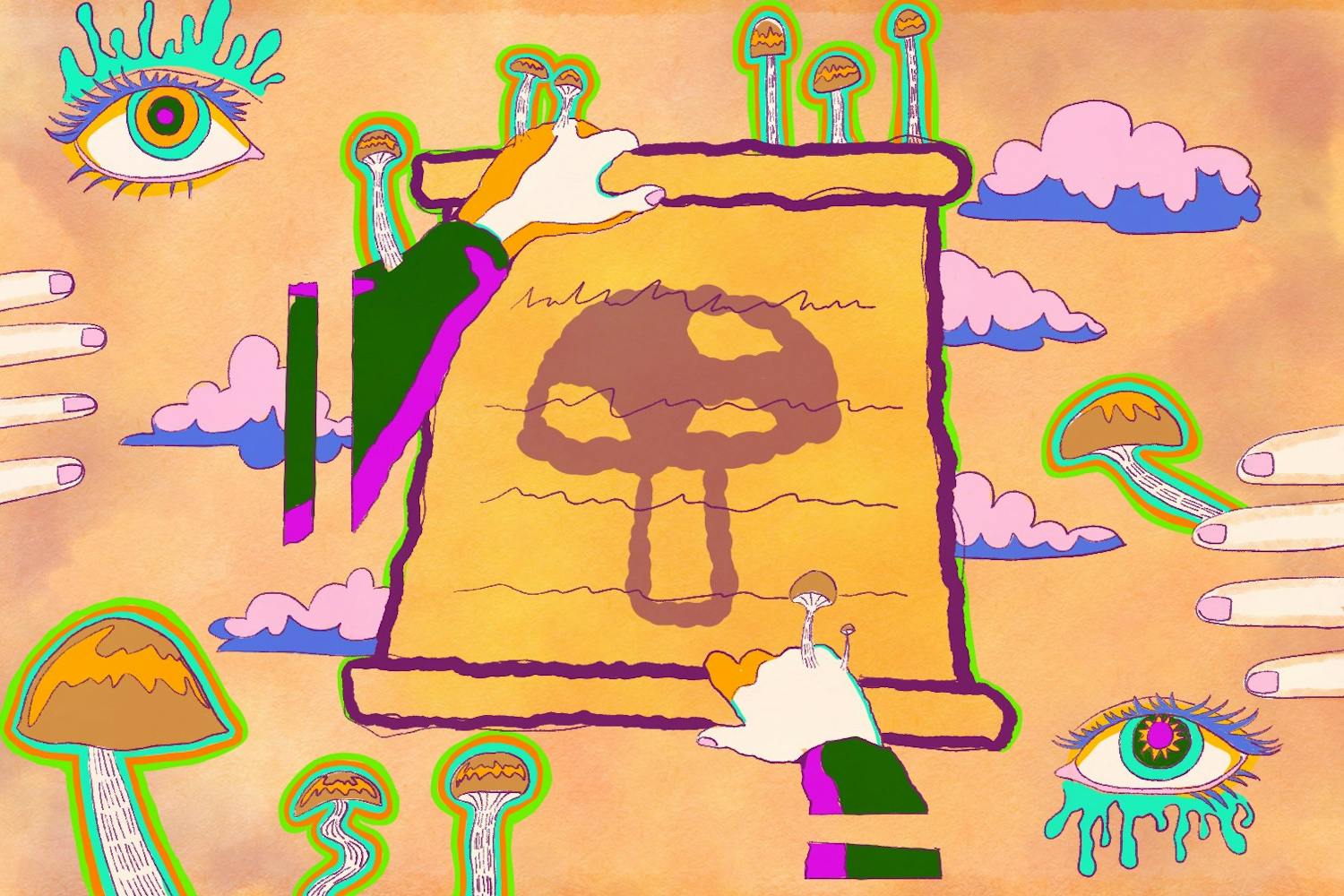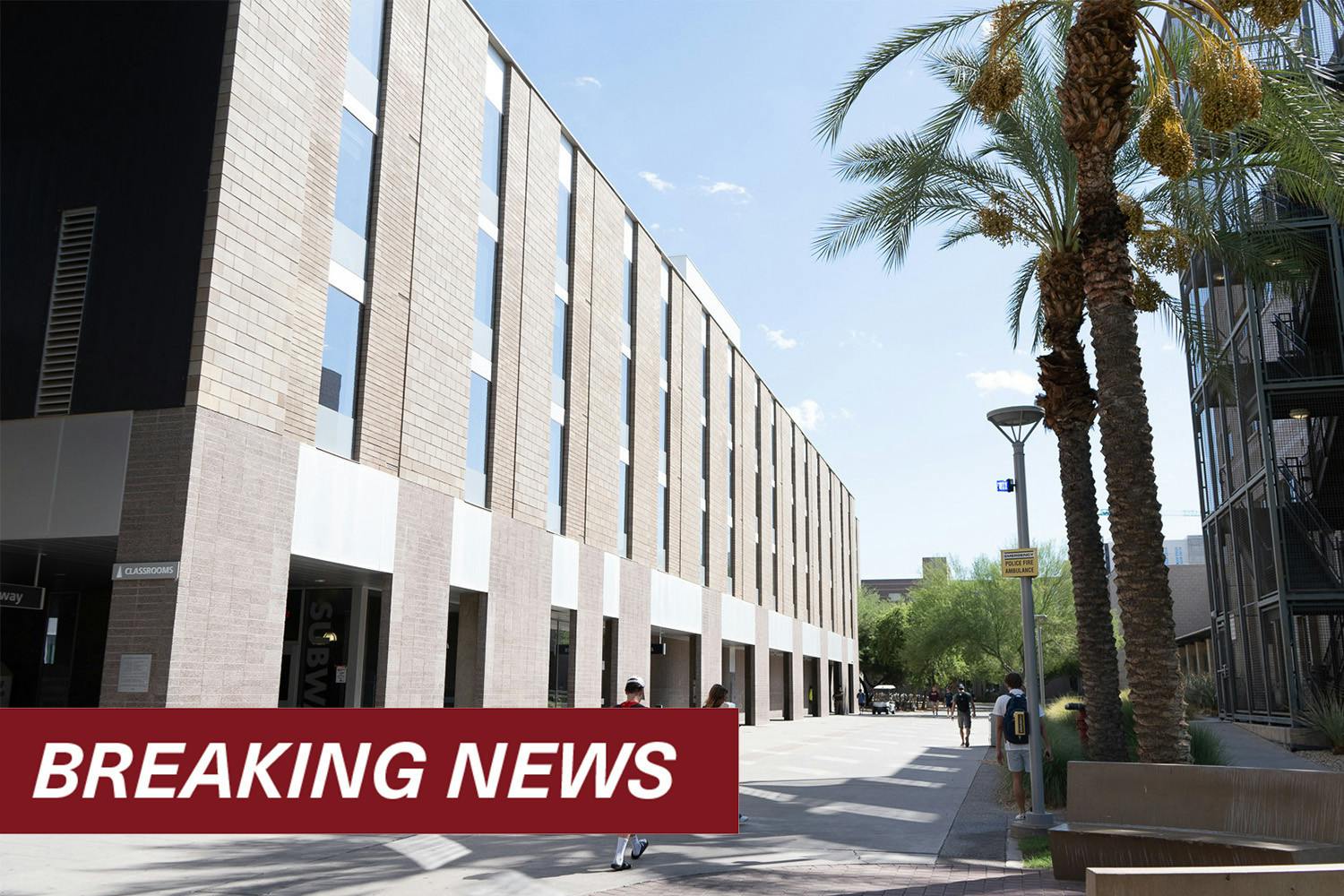Graffiti artists are flourishing in the most unlikely place: the city of Phoenix.
With one of the most robust anti-graffiti programs in the nation, Phoenix has been struggling to abate the problem largely by covering it up.
The city’s Neighborhood Services Department has a team of 15 people working seven days a week to clean up graffiti around the city.
The Graffiti Busters program employs specialized technology, such as a laser that analyzes and matches color tone to allow them to mix paint on site, in order to meet their goal of removing graffiti no more than two days after it is reported.
This year, the city removed 95,000 instances of graffiti, an increase from 68,000 the year before, said program coordinator William Hogans.
The city also launched a graffiti-tracking program in June, which enables authorities to find and prosecute taggers by documenting graffiti before it is removed and training school resource officers to identify the tags.
A major problem associated with graffiti, and perhaps the reason why the city invests so many resources to fight it, is the “broken windows” theory.
The thought of some urban sociologists is that graffiti, much like a broken window left unfixed, shows that residents and authorities do not care about their neighborhood and invites more vandalism and crime, causing blight in urban areas.
Alternatively, one local artist, Michael Amaya, is using graffiti as a way to deter blight and revitalize neighborhoods.
Amaya formed agreements with business owners along McDowell Road between 18th and 19th streets to transform an alley into an urban art corridor.
He also found support from the Herberger College of the Arts at Arizona State University, which hosted an exhibition at the space, provided funding for supplies and also brought in hip-hop artist KRS-One for a symposium on graffiti culture.
Joe Baker, the school’s director of community engagement, said the project was a perfect fit because it relates to a course offered by the school that explores hip-hop and its underlying culture.
“It has had a positive reach into the community,” he said. “The residents that were on the back of the alleyway were very supportive.”
Baker added that graffiti art is an important part of the community because it involves honest expression and represents a culture.
As opposed to graffiti art, Baker said, “tagging is vandalism.” Hogans said he disagrees.
“Graffiti is, by definition, unwanted art.” Hogans said. “If a business owner does not want it there, it is graffiti.”
Although the graffiti alley project has approval from the community and surrounding businesses, Hogans said it is likely that the graffiti wall will encourage unwanted graffiti elsewhere in the neighborhood.
“We are really not in support of that project,” he said.
Hogan’s resistance to legitimize graffiti as an art form comes with much precedence.
In 2002, a community organization in Victoria, British Columbia, revitalized a crime-ridden industrial area alongside the railroad tracks by creating an outdoor art gallery with a free wall for graffiti on the side of a warehouse. The group hoped to help steer youth away from crime by giving them a place to express themselves through graffiti art.
Over the course of a summer, the Rock Solid Foundation transformed the blighted corridor into the Trackside Art Gallery by adding lighting and turning an abandoned orchard into a park. Nearby businesses lauded their effort in making it a safe place to visit and walk through.
Within two years, faced with the rising problem of tagging and vandalism in nearby neighborhoods, the town’s Parks and Recreation Department gained community support in forming a task force similar to Phoenix’s Graffiti Busters to help remove unwanted graffiti.
The group, called E-TAG, was concerned that the increase of graffiti in neighborhoods was a result of the free wall, which helped to legitimize tagging as an acceptable form of expression.
By 2006, E-TAG successfully ended the legal graffiti space at the Trackside gallery. Members said the bleed-out of graffiti in the community could be traced back to the free wall.
Hogan said that cities such as Philadelphia and Washington, D.C., have faced similar problems.
“It does not work,” he said. “What I would support is for these artists to go buy a canvas to express themselves on.”
Baker said he hopes that the graffiti alley project does not lead to more tagging in the community.
“It was certainly not our intention with the project,” he said.
Reach the reporter at charles.jannetto@asu.edu.



